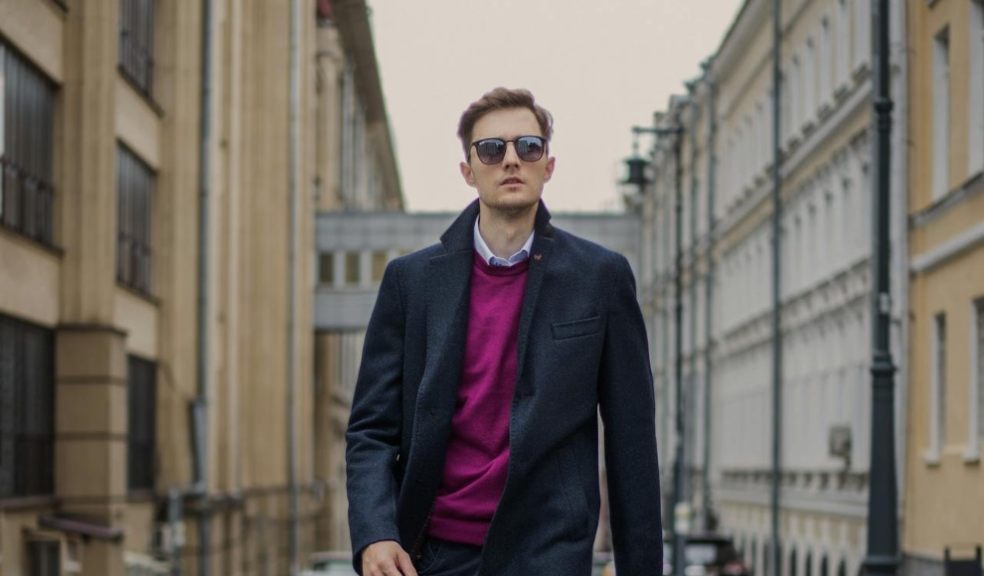
Mastering Men’s Topcoats: Elegance for Every Occasion
The men’s topcoat is a canvas of history, practicality, and style wrapped into one elegant package. A statement piece, ready to accompany any gentleman with grace through streets and seasons alike. A well-chosen topcoat — visit here — transitions seamlessly across dress codes with the help of selective styling and thoughtful accessories.
Begin with the right fit and flattering colors. Then masterfully adjust the rest with underlayers and accessories to craft a look that embodies your elegance, no matter the occasion.
The Role of the Topcoat in Men’s Fashion
The topcoat as we recognize it today traces its lineage back a few centuries, evolving from functional garments designed primarily for warmth and protection. Originally, in the 18th and 19th centuries, coats were all about utility, crafted from heavy wools to shield the wearer from the harsh European winters. As we moved into the Victorian era, these practical garments began to shed their rustic roots, taking on more refined shapes and textures.
By the early 20th century, the topcoat had emerged as a staple in the modern man's wardrobe, seamlessly blending functionality with a more tailored aesthetic.
Its role evolved from mere protection against the chill to a statement of sartorial finesse. Topcoats became the outer armor of gentlemen, offering a canvas upon which personal style could be projected.
In terms of function, the topcoat delivers both warmth and style. It's typically lighter in weight than an overcoat, making it versatile enough for a range of temperatures.
Its cut often lands at mid-thigh or knee-length, ensuring it complements rather than competes with the suit it envelops.
Without a doubt, a topcoat is a powerful tool of presentation. The way a man dons his topcoat speaks silent volumes. A well-chosen topcoat seamlessly assimilates into his overall ensemble, elevating it with a dignified air. Whether it’s a classic camel, a daring navy, or an assertive black wool, the choice makes an indelible statement.
A man truly inhabits his clothing, and when that topcoat fits just right, it can transform the way he carries himself—perhaps adding that extra stride in his step. While clothing doesn’t solely define confidence, it can certainly enhance how one feels in their own skin, crafting those crucial first impressions.
And, the fabled first impression—immediate, enduring, and often irreversible. Clothes may not make the man, but they do cast the initial allure, shaping how others perceive his character before any words are spoken.
Key Features of a Men’s Topcoat
The single-breasted vs. double-breasted styles
These are the cornerstone silhouettes in the world of topcoats, each bringing its own flair to the ensemble.
Single-Breasted Topcoat
This is your classic, go-to style with a clean, unfussy front typically featuring two or three buttons. Its simplicity makes it incredibly versatile, suited for both formal occasions and more casual outings. It’s the sartorial equivalent of that trusted confidant who fits into any setting seamlessly.
Double-Breasted Topcoat
A bit more dashing and bold, this style emanates an air of stately elegance with its overlapping front and additional buttons. Often associated with a more formal aesthetic, a double-breasted topcoat makes a striking impression. Think of it as a garment that instantly signals a heightened level of sophistication and polish.
The visual distinction can influence how each style is perceived—and thus the occasions they lend themselves to. However, fashion rules are meant to be bent, so I’d advocate for wearing whichever style makes you feel confident and true to yourself.
Topcoat Length
Regarding length, the topcoat's traditional silhouette typically hovers around the knees or slightly above, offering a happy medium between coverage and movement. This length is universally flattering, ensuring the coat compliments the rest of your attire rather than overwhelming it. While knee-length is the mainstay, you might sometimes find slightly shorter or longer variations for a more unique, individualized touch.
Key features that further influence a topcoat's style include the material—wool being the perennial favorite for its warmth and drape—as well as details like lapel style, pocket placement, and subtle embellishments such as contrasting stitching or patterned lining.
The craftsmanship and attention to detail are what elevate a topcoat from merely functional to truly iconic. Those little touches—the roll of a lapel, the fall of the coat as you walk—come together to curate an image that is both timeless and distinctively yours.
Luxurious World of Fabric Choices
The quality of material can elevate a topcoat from merely a garment to a cherished wardrobe staple. Selecting the right fabric for your topcoat is about harmonizing these elements with your lifestyle and personal taste.
Pay Homage to Wool
The undisputed king of topcoat fabrics. Wool is a perennial favorite for its innate warmth, durability, and the versatility it offers in weight and weave. A pure wool topcoat drapes beautifully and can withstand the chill of a brisk winter’s day, all while maintaining classic elegance.
Opulence of Cashmere
This fiber is the embodiment of luxury—soft, lightweight, and incredibly insulating. A cashmere topcoat swathes you in a warmth akin to a gentle embrace, making it a coveted choice for those who appreciate indulgence in everyday wear. However, be mindful that pure cashmere requires a bit more care to maintain its pristine condition over time.
Wool-Cashmere Blends
Then we have the realm of wool-cashmere blends, which cleverly marries the best of both worlds. These blends offer the warmth and durability of wool, combined with the sumptuous softness and lightweight feel of cashmere. A blended topcoat often strikes a balance of cost, durability, and luxury, making it an ideal choice for many.
Synthetic Blends
For those seeking durability and protection from the elements, some topcoats incorporate synthetic blends for enhanced longevity and water resistance. These fabrics are engineered to brave harsher conditions, yet modern technology ensures they maintain a level of elegance and comfort.
When choosing the right fabric, consider your climate, lifestyle, and personal preferences.
- Climate—If you reside in colder regions, a thicker wool or wool-cashmere blend offers essential insulation. In milder climates, lighter wool or synthetic blends might suit better.
- Occasion and Use—For frequent daily wear, durability is key. Blends tend to resist wear and tear, maintaining their form over time.
- Care and Maintenance—Consider how much maintenance you’re willing to invest. Wool and cashmere require specific care—specialty cleaning and careful storage—while synthetic blends are often more forgiving.
- Personal Comfort—This is your sartorial second skin, after all. The fabric should feel comfortable against your skin and move with you effortlessly.
Whether you're wrapped in the cozy embrace of cashmere or the robust elegance of wool, choose a topcoat that brings you joy each time you don it.
Styling Tips for Men’s Topcoats—Versatility Across Occasions
The beauty of a well-chosen topcoat lies in its versatility. With slight tweaks, it can easily glide from formal events to casual meetups.
Formal Events
Pair your topcoat with tailored trousers, a crisp dress shirt, and polished leather shoes. A single-breasted topcoat in a dark, classic hue like navy, charcoal, or black seamlessly complements a suit, underscoring the formal silhouette.
Accessories such as a silk scarf or elegant leather gloves can add a subtle touch of sophistication without overwhelming the ensemble.
Casual Gatherings
For a relaxed vibe, layer your topcoat over a knit sweater, slim jeans, and ankle boots. Here, a camel or lighter-toned wool topcoat can soften the look, striking a balance between refined and laid-back. Casual accessories like a knit beanie or a patterned scarf bring a playful flourish that suits the mood.
Accessories and Underlayers
The clever use of accessories can sway the formality of your look. Ties, pocket squares, and formal scarves punctuate the topcoat with elegance for dressier occasions.
In contrast, swapping these for softer, textured accessories lends a relaxed air. However, what's underneath remains just as crucial. The underlayer sets the tone; a structured blazer signals seriousness, while a chunky sweater keeps things cozy and informal.
Color and Fit
Color and fit—they’re foundational to enhancing both your style and presence.
Beyond fitting the occasion, color consideration includes complementing your personal features. A topcoat's hue can enhance or detract from your natural complexion. For instance, earthy tones suit those with warm undertones, while cooler shades complement fair, neutral complexions.
And, the fit. This is perhaps the single most important aspect. A topcoat should fit comfortably over other layers without pulling at the shoulders or squeezing at the chest. It must drape gracefully from the shoulders, offering ease of movement while maintaining a sleek silhouette. When shopping for a topcoat, prioritize fit as it ensures you wear the coat—rather than the coat wearing you.













